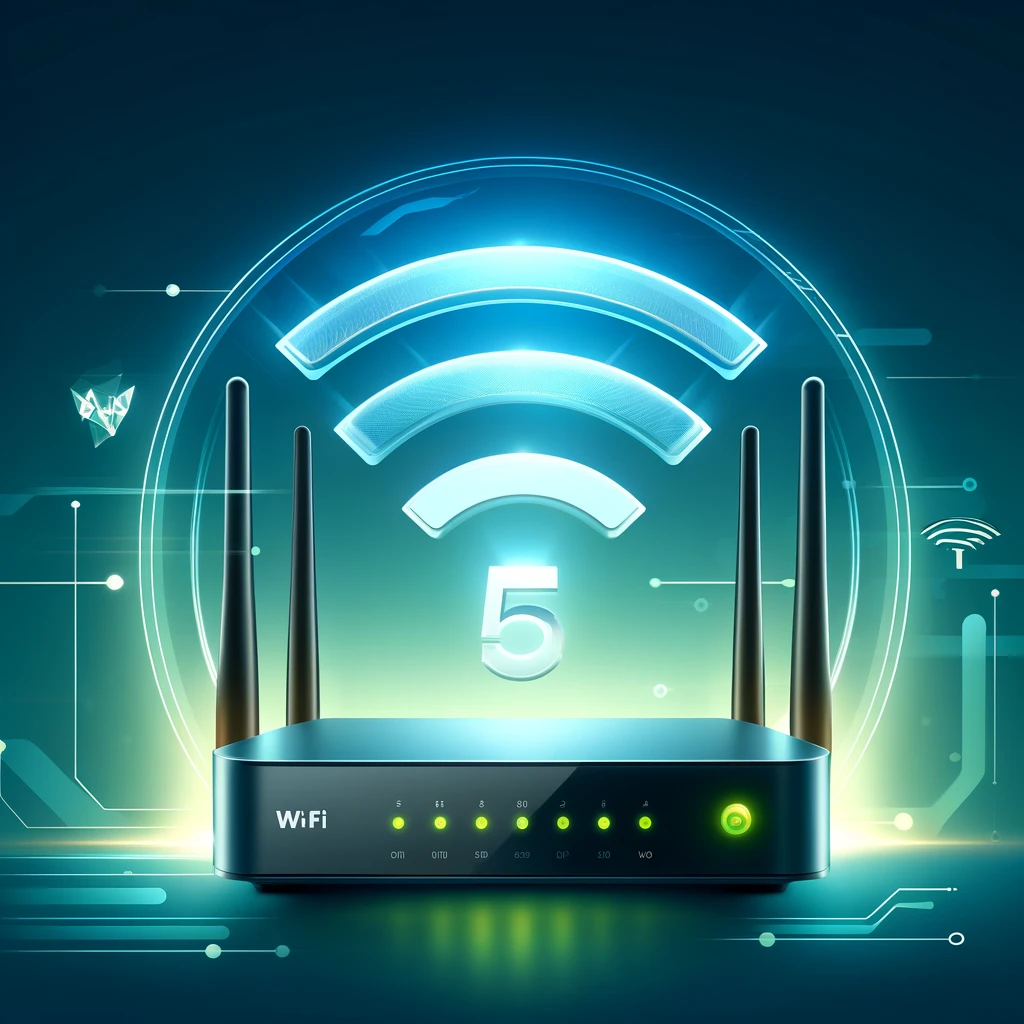
Wi-Fi 6 vs. Wi-Fi 5: Is It Time to Upgrade Your Home or Business Network?
Wi-Fi 6 Wi-Fi 5 Networking Tech Upgrade Home Network Business Network Technology Trends Wireless Technology
Wi-Fi 6 vs. Wi-Fi 5: Is It Time to Upgrade Your Home or Business Network?
As technology evolves, so does the demand for faster, more reliable, and efficient networks. Wi-Fi 6, the latest wireless technology standard, promises significant improvements over its predecessor, Wi-Fi 5. But is it really time to make the switch? In this post, we’ll explore the key differences between Wi-Fi 6 and Wi-Fi 5, and help you determine if upgrading is the right choice for your home or business network.
What is Wi-Fi 6?
Wi-Fi 6, also known as 802.11ax, is the latest generation of Wi-Fi technology, designed to offer faster speeds, better efficiency, and improved performance, especially in crowded environments. It builds upon the foundations of Wi-Fi 5 (802.11ac) but introduces several key enhancements aimed at delivering a superior wireless experience.
Wi-Fi 6 vs. Wi-Fi 5: Key Differences
While both Wi-Fi 5 and Wi-Fi 6 offer wireless connectivity, they differ in several important ways:
1. Speed and Performance
One of the most notable differences between Wi-Fi 5 and Wi-Fi 6 is the potential for faster speeds. Wi-Fi 6 offers theoretical maximum speeds of up to 9.6 Gbps, compared to Wi-Fi 5’s 3.5 Gbps. While real-world speeds will vary based on your devices and internet connection, Wi-Fi 6 can handle more data at faster rates, especially in multi-device environments.
2. Increased Capacity and Efficiency
Wi-Fi 6 introduces features like Orthogonal Frequency Division Multiple Access (OFDMA) and Multi-User, Multiple Input, Multiple Output (MU-MIMO), which significantly improve network efficiency. OFDMA allows the router to divide a wireless channel into smaller sub-channels, letting multiple devices communicate simultaneously without interference. MU-MIMO, which was first introduced in Wi-Fi 5, is enhanced in Wi-Fi 6 to allow communication with more devices at once.
3. Better Performance in Crowded Environments
In areas with many connected devices—like offices, cafes, or large households—Wi-Fi 6 outshines Wi-Fi 5. Thanks to OFDMA and improved MU-MIMO, Wi-Fi 6 can handle more devices on the same network without slowing down. This makes it ideal for smart homes with multiple IoT devices or businesses with a large number of connected employees.
4. Improved Battery Life for Devices
Wi-Fi 6 introduces a feature called Target Wake Time (TWT), which allows devices to schedule when they wake up to send or receive data. This reduces the time devices spend searching for a Wi-Fi signal, leading to improved battery life for smartphones, tablets, and IoT devices.
5. Enhanced Security
Wi-Fi 6 routers typically come with WPA3, the latest Wi-Fi security protocol, offering stronger encryption and making it harder for attackers to crack passwords or eavesdrop on your network. This is a significant improvement over the WPA2 standard used by most Wi-Fi 5 devices.
Should You Upgrade to Wi-Fi 6?
Now that we’ve covered the key differences, the next question is: should you upgrade to Wi-Fi 6? The answer depends on your specific needs and circumstances.
Consider Upgrading If:
- You have a large number of devices on your network, such as smart TVs, phones, tablets, laptops, and IoT devices.
- You experience slow or unreliable connections in crowded environments (e.g., offices or apartments).
- You want faster speeds and lower latency for gaming, video conferencing, or streaming in 4K or higher resolutions.
- Your current Wi-Fi network struggles to handle multiple simultaneous connections.
- You’re concerned about future-proofing your network for new devices and higher bandwidth needs.
Stick with Wi-Fi 5 If:
- Your current network is meeting your needs, and you don’t experience frequent slowdowns or connectivity issues.
- You have only a few devices connected, and they don’t require high-speed connections (e.g., simple web browsing, email, and social media).
- Your internet service provider’s speed doesn’t exceed Wi-Fi 5’s capabilities (e.g., if you have a 300 Mbps plan, Wi-Fi 5 may be more than enough).
Future-Proofing with Wi-Fi 6
One of the most compelling reasons to upgrade to Wi-Fi 6 is future-proofing. While many current devices support Wi-Fi 5, more and more devices, such as the latest smartphones, laptops, and smart home gadgets, are Wi-Fi 6-enabled. By upgrading now, you’re ensuring that your network can handle future technologies without needing another upgrade for several years.
Conclusion
Wi-Fi 6 offers significant improvements in speed, efficiency, and performance, especially in crowded or device-heavy environments. If you’re running a home network with multiple smart devices or managing a business network with heavy traffic, upgrading to Wi-Fi 6 could enhance your network’s reliability and performance. However, if your current setup is running smoothly and you don’t require the extra capabilities of Wi-Fi 6, sticking with Wi-Fi 5 is a perfectly viable option for now.
Thank you for reading, and stay tuned for more insights and tips as we continue our tech journey together!